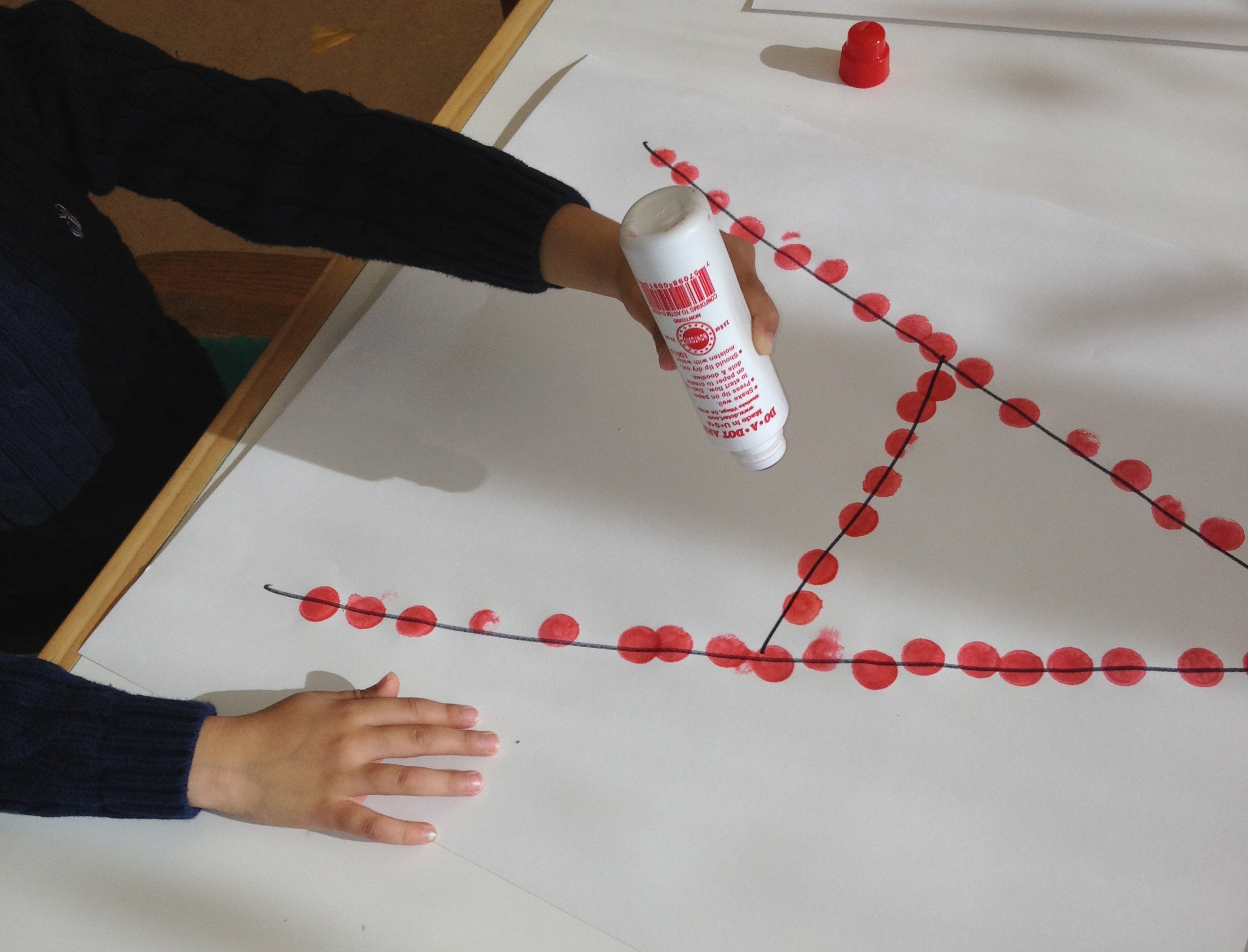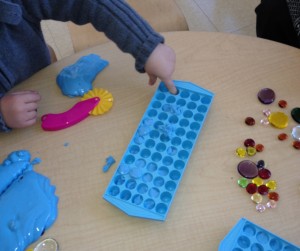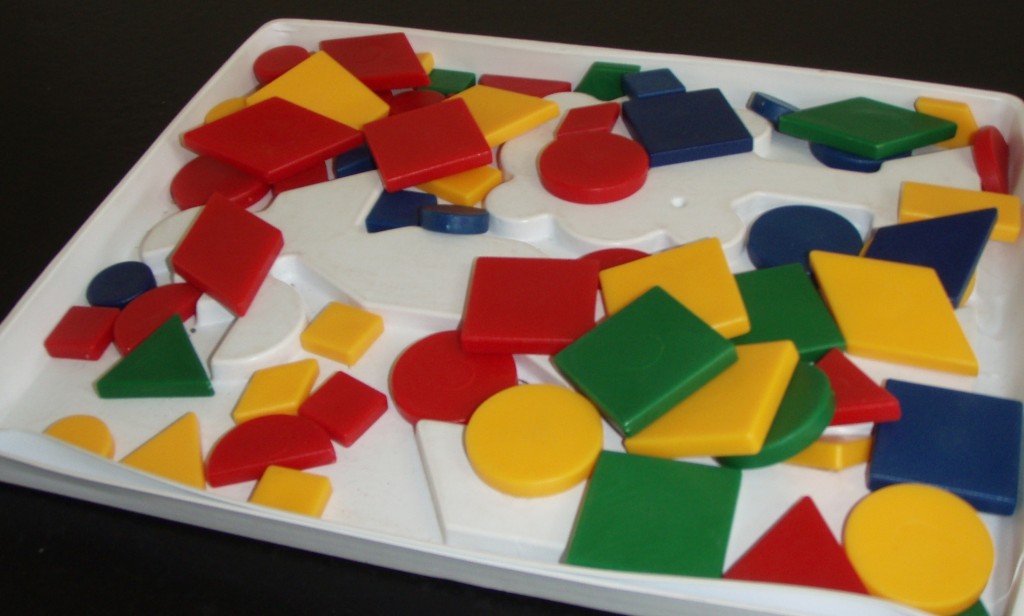Visual Motor Skills relate to using our hands and eyes together to perform tasks. When we are referring to gross motor activities, we typically refer to “Eye Hand Motor Coordination.” When referring to small motor and daily living activities it is considered a visual motor skill.
What are visual motor skills? Almost everything we do during the day includes visual motor activities!
- Brushing our teeth and hair
- Pouring the coffee and eating breakfast
- Dressing and grooming
- Driving
- Using the computer and writing notes
- Cooking and cleaning and every other manual task
- Playing games if hands are used (e.g. rolling dice, moving pieces, spinning)
- Reading (turning the pages or operating electronic device)
- Hobbies that require the use of the hands (can you think of any that don’t?)
Skills develop in a fairly predictable way throughout development. But just like reading skills, the more exposure to early and enriched activities, the more proficient the child will become.
The Visual Motor Section deconstructs all the components included for visual motor skill development. Then this section provides guidance on how to help provide that enriched environment to build skills for each developmental age group.
Visual Perception relates to the interpretation of visual information, independent of whether our hands are used or not. In essence:
- What our eyes take in, our brain interprets.
- The picture compiled renders meaning.
- From what we see, we often create action plans. For instance, when you see stairs ahead, you prepare yourself for the step down.
In every day life, we interpret our world in a way that helps us organize the objects and space around us. We learn how to read, write and build things based on an understanding of how things go together, including two dimensional symbols such as numbers and letters.
Here are specific categories that visual perception is broken into:
- Recognition of form: Is it round or square, a curve or a straight line?
- Recognition of space: Big or little, high or low, above, under, right, left, middle
- Visual Memory: Remembering what you saw; holding onto the specificity of images such as symbols (letter, numbers), recall of colors
- Figure Ground: Being able to discern objects or pictures imbedded in others (like hidden pictures), determining what visual details are important to hold onto
- Visual Closure: Predicting how a form will be completed to make sense


